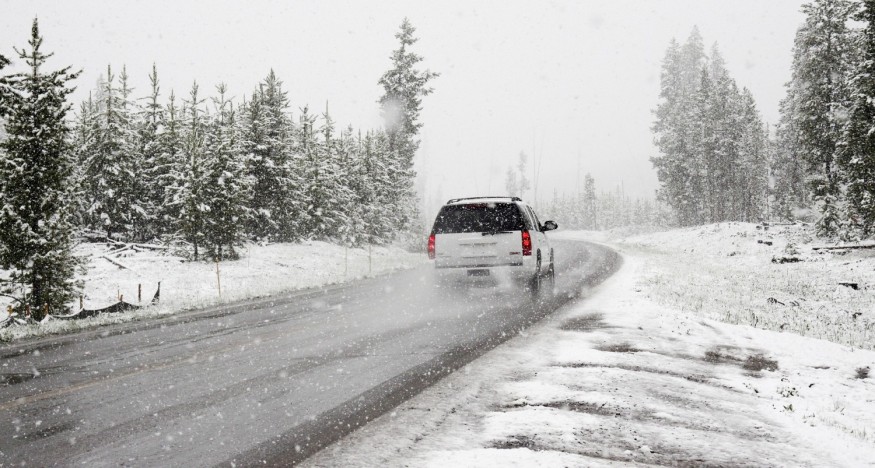Another snowstorm is hurling towards the U.S., and it looks like it's going to be big.

A major snowstorm pushes through the Northeastern region of the United States on Sunday. The strong gust of freezing wind will be hitting the country less than a week after a previous storm covered the area in more than 2 feet of snow.
By early afternoon, 5 to 7 inches had already fallen in northwestern New Jersey and southwestern Connecticut. New York's Central Park reported about 3 inches. The highest total was recorded in West Whiteland Township, west of Philadelphia, where about 9 inches had fallen.
The NWS (National Weather Service) predicted that the snow in New York City can reach up to 8 inches thick and about 2 to 4 inches in Washington. D.C. The agency also predicted that some areas in the Connecticut coastline can be covered up to a foot thick of snow.
Large, fluffy snow began falling in Rhode Island late Sunday morning, prompting local governments to enact street parking bans and warn of poor travel conditions for the rest of the day. A heavy band of snow heading northeast had dumped 5 inches in Sharon and Uxbridge's towns, southeast of Boston, by 2 p.m.
In Connecticut, a jack-knifed tractor-trailer caused two exits to close on Interstate 84 in Middlebury, with only one lane of traffic getting by.
New York City Mayor Bill de Blasio said Sunday's snowfall, which started at around 9 a.m., would not close COVID-19 vaccination sites.
The massive snowstorm that hit the region on Feb. 1 forced the postponement of hundreds of vaccination appointments in New York and elsewhere.
Many Americans are starting to get concerned about the back to back snowstorms,
Snowstorms
Snowstorms are storms where large amounts of snowfall.
Two inches (5 cm) of snow are enough to create severe disruptions to traffic and school transport (because of the difficulty of driving and maneuvering the school buses on slick roads). This is particularly true in places where snowfall is not typical, but heavy accumulating snowfalls can occur.
In areas where snowfall is regular, such small snowfalls are rarely disruptive because of sufficient snow and ice removal by municipalities, increased use of four-wheel drive and snow tires, and drivers being more used to winter conditions. Snowfalls above 6 inches (15 cm) are usually universally disruptive.
Large snowstorms could be quite dangerous: a 6 in (15 cm) snowstorm will make some unplowed roads impassable, and automobiles can get stuck in the snow.
Snowstorms exceeding 12 in (30 cm), especially in southern or generally warm climates, will cave the roofs of some homes and cause electricity loss. Standing dead trees can also be brought down by the snow's weight, especially if it is wet or very dense. Even a few inches of dry snow can form drifts many feet high under windy conditions.
What to do during Snowstorms
In case of extreme winter conditions like snowstorms, it would be best to follow these precautionary measures:
- Prevent pipes from freezing;
- Insulate walls;
- Clear chimneys, vents, and other exhaust ports;
- Maintain a sound heating system;
- Terminate rodents and other pests in the house;
- Have emergency supplies; and
- Prepare a transport vehicle and emergency route.
ALSO READ:Snowmageddon: Polar Vortex Split May Result to Weeks of Intense Winter
For more weather news update, don't forget to follow Nature World News!
© 2025 NatureWorldNews.com All rights reserved. Do not reproduce without permission.





